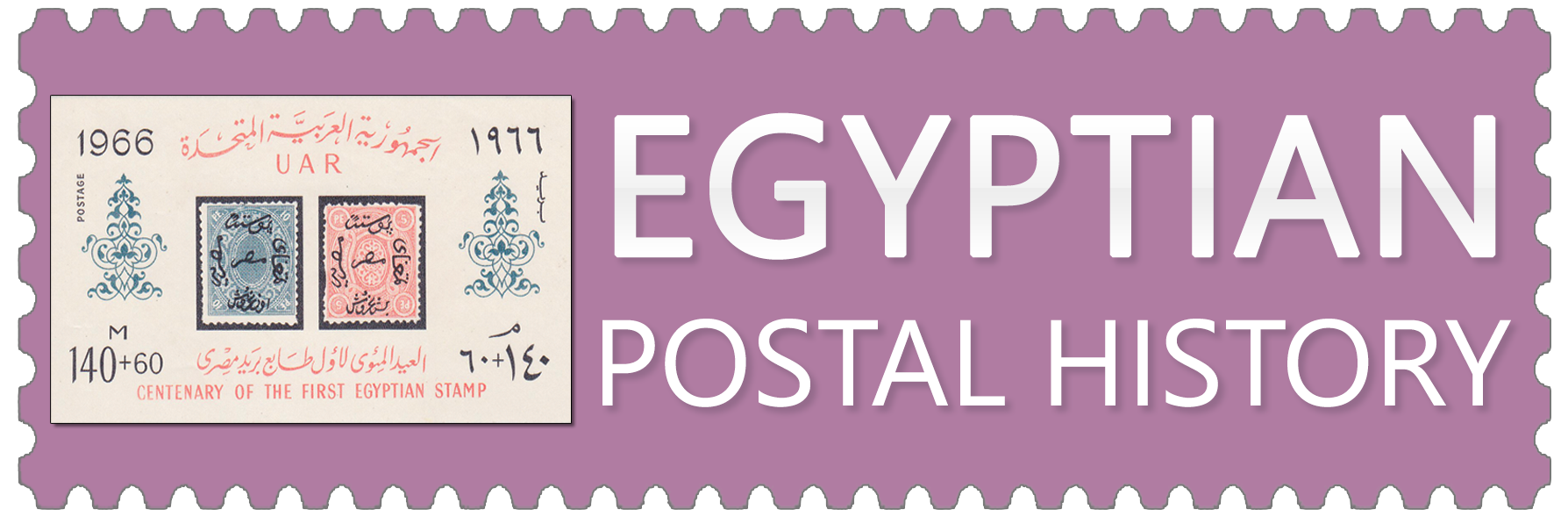Toshka is one of the largest Nubian villages. The inhabitants of Toshka, in the east and the west, returned to their respective tribes, but most of them date back to the mixed races of Turks, Kurds, and Bosnians who entered Nubia and ruled the territory of Nubia for many centuries. The rulers and their soldiers married Nubian ladies; therefore, their lineage is scattered over several Nubian villages, such as Njuahm in Toshka, Najaa Ibashab, Najaa Cirbehih, Najaa Ozjarjh, and Najaa Kikhiat.
In Toshka village there are many large fields and a large number of plants near the river, which create abundant pasture land for its tall grass, corn fields, and palm trees which combine to create unique and beautiful natural scenery, as well as the beauty of the Nile and the local waterwheels which turn continuously.
Toshka in the Pharaonic era
Some archaeological sites were found scattered on both sides of Khor Toshka, especially in those regions that are relatively lower than the surrounding land, which are some tools for grinding grain, and cutting tools made of flint, in addition to converging accumulations of stones which indicate that there are tombs beneath them. There were people belonging to the pre-historic civilization who were displaced from the depths of the desert in Toshka Depression.
In Toshka, a U.S. Mission from the Universities of Pennsylvania and Yale found a ring of mud for making pottery which belonged to the First Family.
The historical data, found in the area by the mission from Pennsylvania, which also included a mission with the aim of saving the monuments of Nubia, show that Prince Haka Napher, the prince of Aniba city during the days of King Tutankhamun, lived in Toshka, and was a colleague of the King while studying with the sons of princes in Tibah (Luxor). There is also a painting of him in the tomb of Hawa, the King of Kush. It is known that Toshka has tombs for all phases of Egypt’s history. The famous Toshka Battle took place on 3rd August 1889, between Abd El-Rahman Wad El-Nigomy, the leader and commander of the Mahdia forces, and the Anglo-Egyptian army. In this battle the leader Abd El-Rahman Wad El-Nigomy was killed with many of the Mahdist forces. A memorial for this battle has been established as evidence and a witness to this battle.




